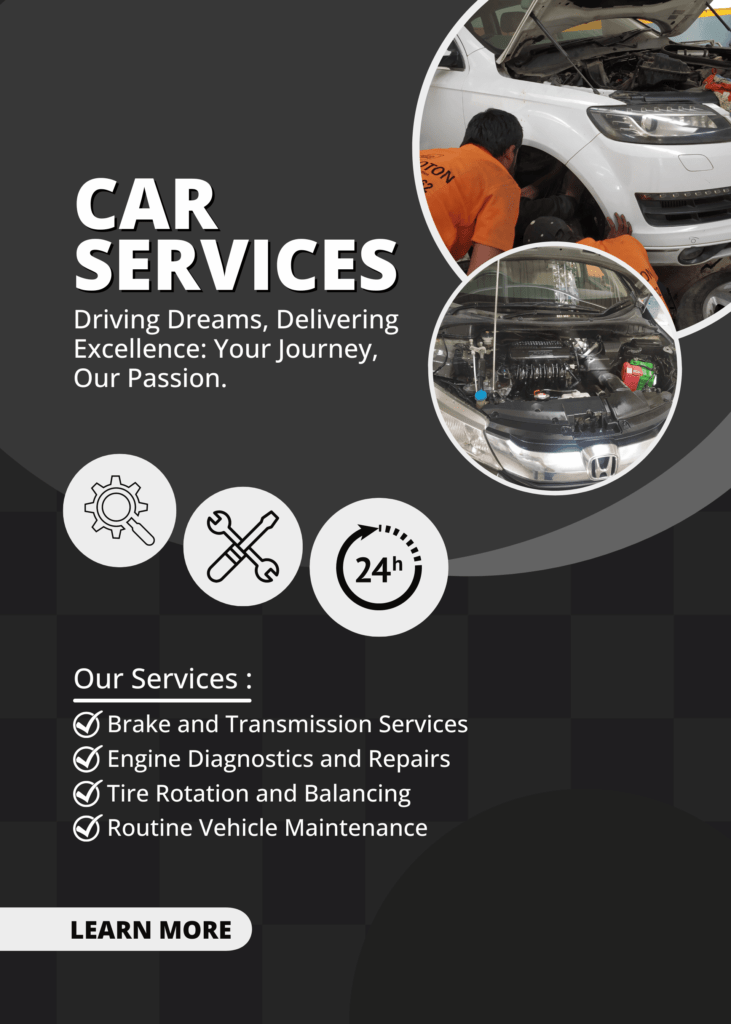Similar to those lithium-ion battery packs in our devices like mobile phone or laptop, these car batteries do get heated when in use. They work best when they’re kept at a fairly tight temperature range, around 20 to 40 degrees Celsius. It’s like their sweet spot for safety, service life, storage capacity, and charging speed.
But, what happens if you don’t keep them in that range? Well, one big issue is the risk of fire. You’ve probably noticed your phone or laptop getting warm or even hot while charging, right? Well, electric vehicles (EVs) are no different, except they produce a lot more heat that needs to be managed carefully.

So, it’s really important to keep an eye on the temperature of these battery cells to avoid any potential hazards and ensure they work at their best. Safety first, right?
- Battery Cooling: Lithium-ion batteries, which are commonly used in EVs, are sensitive to temperature changes. High temperatures can lead to degradation and reduced performance, while extremely low temperatures can hinder charging and discharge rates. Coolant circulates through the battery pack to dissipate excess heat during charging, discharging, and operation, helping to keep the battery within its optimal temperature range.
- Motor Cooling: The electric motor in an EV generates heat during operation. Excessive heat can lead to motor inefficiency and premature wear. Coolant is used to cool down the motor and maintain its performance and longevity.
Also Read: EV services at multi brand car workshop.
EV’s come with two types of cooling systems – liquid cooling and air cooling. Let me break it down for you:
Liquid Cooling:
- Efficient hai boss: Liquid cooling kaam karta hai air cooling se zyada effectively. Isse garami ko jaldi se jaldi hata ke nikal leta hai, especially jab EV performance kaafi high ho ya usage heavy ho.
- Garami Ko Door Karo: Liquid cooling mein ek coolant hota hai (usually water aur ethylene glycol ka mixture), jo garami ko EV ke parts se absorb karke ek heat exchanger tak le jaata hai. Isse better heat dissipation hoti hai, chahe driving conditions kitni bhi intense ho.
- Temperature Control: Liquid cooling se EV ke components ka temperature control karne mein kaafi madad milti hai, overheating ka risk kam hota hai aur performance bhi better rehti hai.
- Design Flexibility: Liquid cooling system ke saath design mein zyada flexibility hoti hai, kyunki isse battery packs aur motors jaise parts mein integrate kiya jaa sakta hai, without affecting vehicle ki aerodynamics.
- Weight: Liquid cooling systems generally heavier hote hain coolant, pumps, aur additional components ke wajah se. Isse vehicle ki overall weight pe asar pad sakta hai aur driving range ko kam kar sakta hai.
Air Cooling:
- Simplicity ki baat hai: Air cooling liquid cooling se simple aur cost-effective hai. Isme kam components hote hain, jaise fans aur heat sinks, jisse iska implementation aur maintenance aasaan hota hai.
- Lightweight: Air cooling systems generally liquid cooling systems se lighter hote hain, jo vehicle ki energy efficiency improve karta hai aur driving range ko bhi extend kar sakta hai.
- Garami Ko Handle Karne Mein Thodi Dikkat: Intense driving ya rapid charging sessions mein air cooling garami ko handle karne mein thoda kam kaam kar sakta hai, jisse overheating ka risk badh jata hai.
- Noise: Air cooling systems mein fans ki wajah se noise generate ho sakta hai, jo passenger comfort pe asar daal sakta hai. Lekin fan design ke advancements se is problem ko kam kiya gaya hai.
- Maintenance: Air cooling systems to simple hote hain, lekin inhe saaf aur fit rakhne ke liye thoda zyada maintenance ki zaroorat pad sakti hai.
Toh, in dono cooling systems mein se konsa best hai? Well, yeh depend karta hai EV manufacturer ke specific needs, budget, aur performance goals pe. Jaise-jaise technology aur innovation badh rahi hai, EV cooling systems bhi improve ho rahe hain, jisse electric vehicles ka future aur bhi bright hai!


